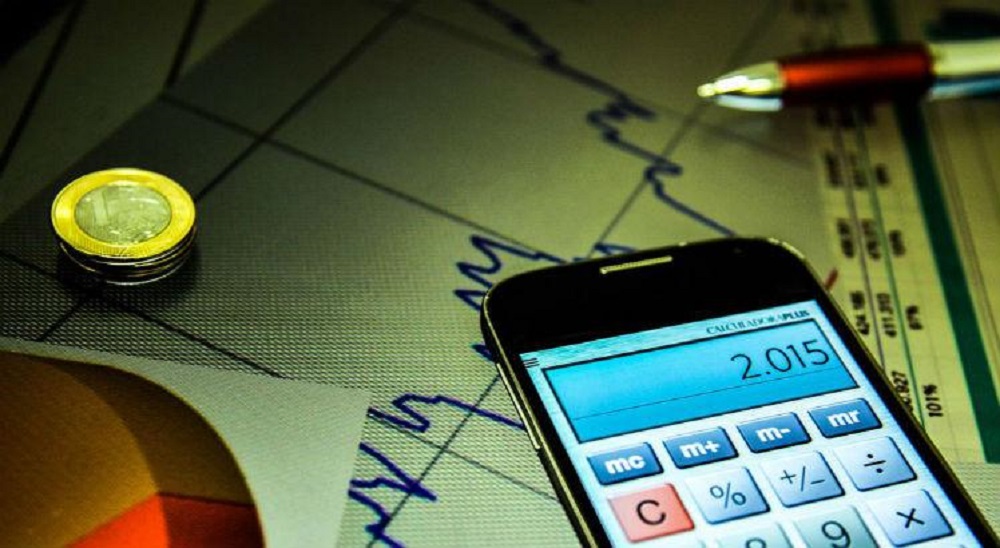RIO DE JANEIRO, BRAZIL – After eleven weeks of decline, the financial institutions surveyed by the Central Bank (BC) have raised their estimate for inflation this year.
The projection for the Broad National Consumer Price Index (IPCA – a national inflation index) climbed from 3.26 to 3.29 percent.

For 2020, the inflation estimate dropped from 3.66 to 3.60 percent, in the fifth consecutive reduction. The forecast for the following years remained unchanged: 3.75 percent in 2021 and 3.50 percent in 2022.
Projections for 2019 and 2020 are below the center of the inflation target to be pursued by the Central Bank. The inflation target, defined by the National Monetary Council, stands at 4.25 percent in 2019, 4.0 percent in 2020, 3.75 percent in 2021 and 3.50 percent in 2022, with a tolerance interval of 1.5 percentage points plus or minus.
The main tool used by the Central Bank to control inflation is the basic interest rate, known as SELIC, which currently stands at 5.5 percent a year.
According to financial institutions, the SELIC should drop to 4.5 percent a year by the end of 2019. For 2020, the basic rate is expected to remain at the same level. The financial institutions forecast that for 2021 and 2022, the SELIC will end the period at 6.38 percent and 6.5 percent per year, respectively.
Cheaper credit
When the Central Bank’s Monetary Policy Committee (COPOM) reduces the SELIC rate, as forecast by the financial market this year, the trend is for credit to become cheaper, with incentives for production and consumption, reducing inflation control and stimulating business activity.
When the COPOM increases the basic interest rate, the goal is to contain heated demand, and this is reflected in prices as higher interest rates increase the price of credit and encourage savings. The maintenance of the SELIC rate suggests that COPOM considers the previous changes as sufficient to reach the inflation target.
Economic activity
The projection for the Gross Domestic Product (GDP) growth for Brazil – increased from 0.88 to 0.91 percent. Estimates for the following years remained unchanged: 2.0 percent in 2020; and 2.50 percent in 2021 and 2022.
The financial market forecast exchange rate for the dollar also remains at R$4.00 by the end of this year, as well as for 2020.
Source: Agência Brasil

